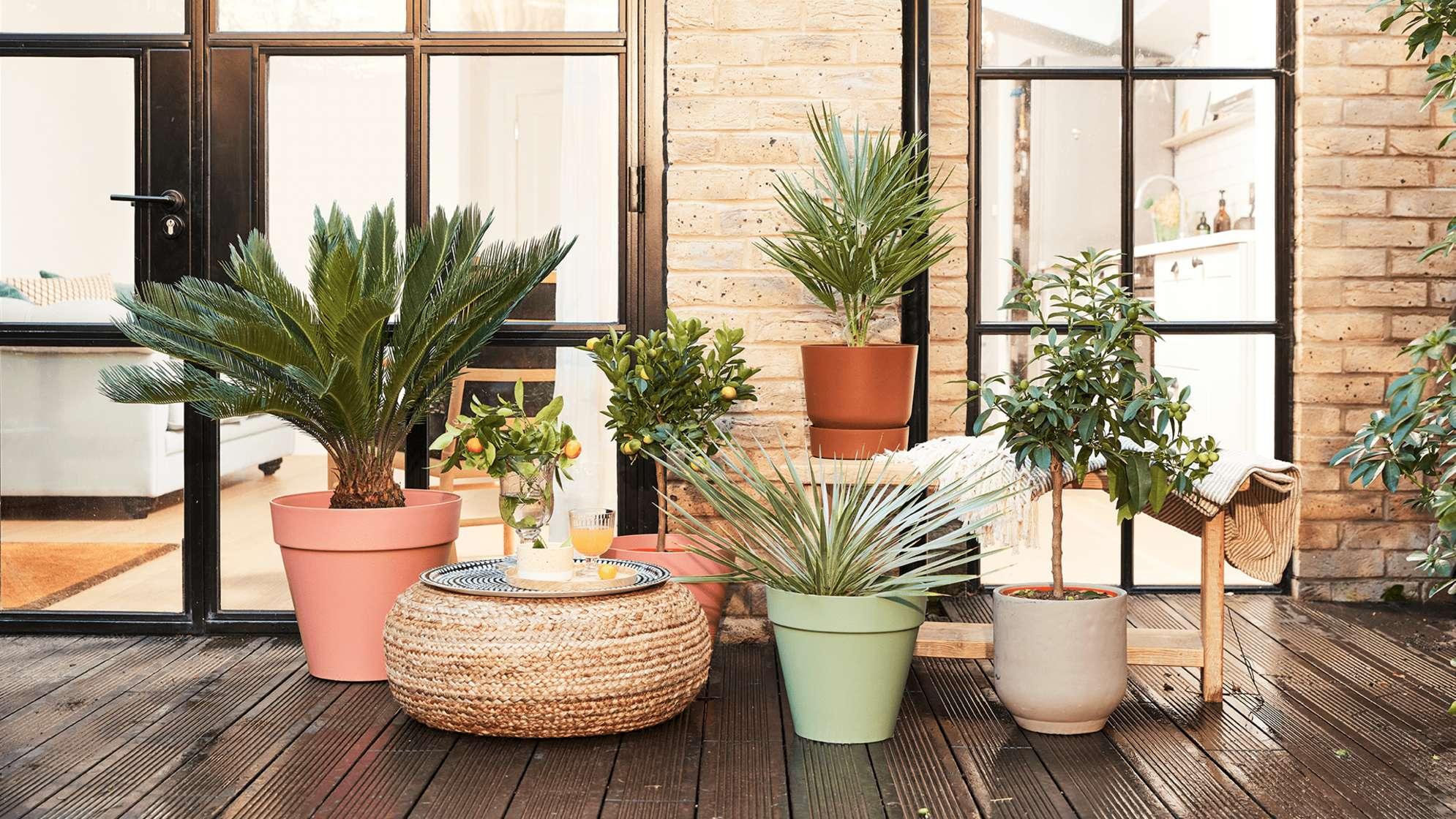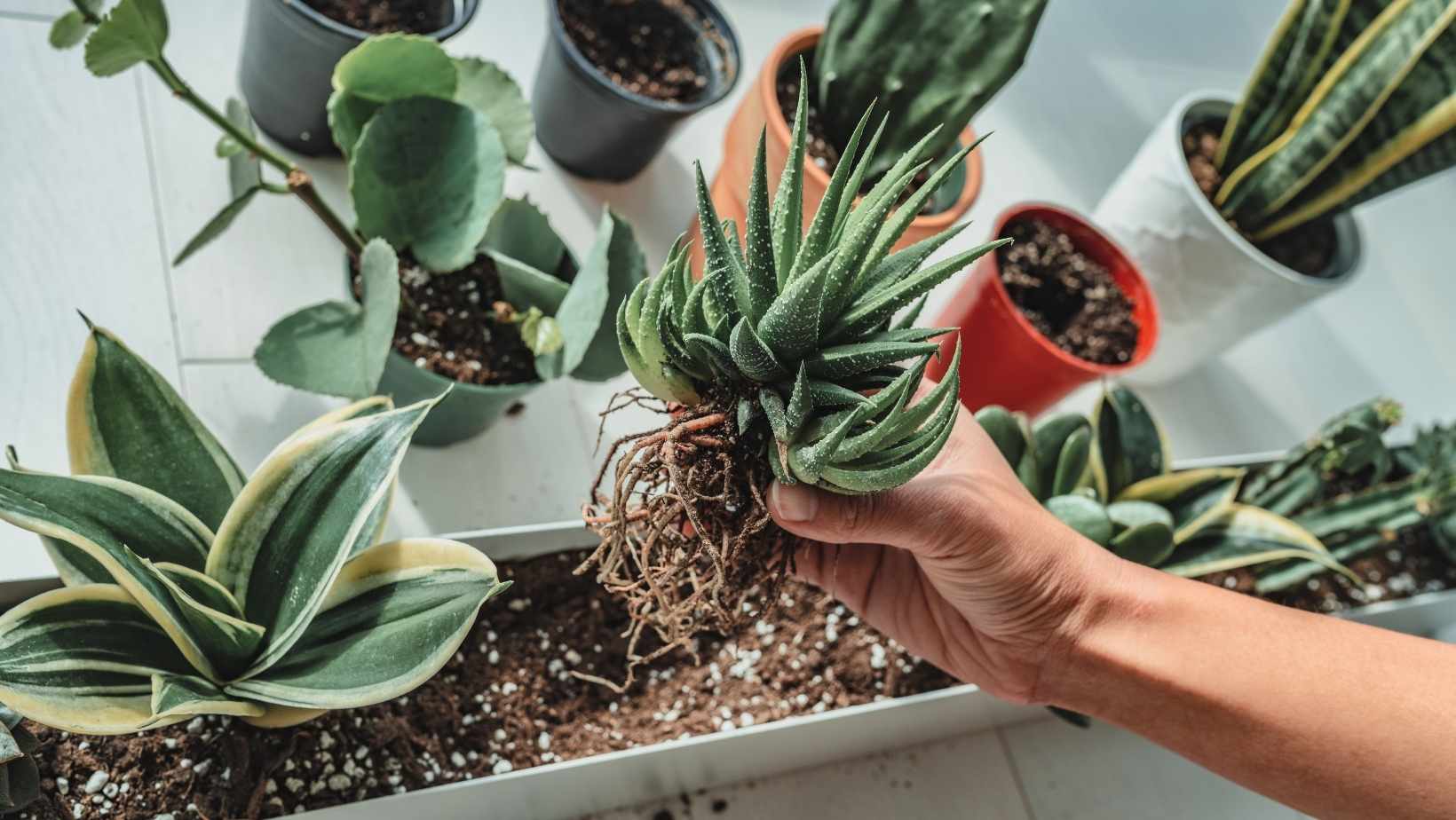8 Tips How To Make Your Home Plants Life Easier?

Keeping your houseplants happy can be overwhelming when you’re a new plant parent. However, you don’t have to constantly attend to them. Apart from watering, several easy-care houseplants require minimal maintenance throughout the year. These easy home plant care tips will equip you with the knowledge and confidence.
How can I keep my plants alive better?
Water With Caution
Depending on their growth and seasonal changes, houseplants have varying watering requirements. Instead of following a fixed calendar schedule, it is advisable to water them as needed. Generally, plants grown in well-drained potting mix in appropriately sized containers should be watered when the top 1/2 to 1 inch of soil feels dry. While cacti and succulents require less water, flowering plants usually need slightly more.
Overwatering remains a primary cause of houseplant fatalities. If uncertain about the required amount of water, it is better to err on the side of dryness rather than provide excessive moisture. Also, when watering, avoid splashing water onto leaves and stems to prevent diseases and leaf spotting.
Choose The Right Plant
How do I become good at indoor plants? – The first question that should come from you. Make the task easier with the plant identifier app. You can download the app for plants which can identify plants. This app for iPhone also helps you select the best types of plants depending on your conditions: temperature, soil type, care needs, amount of light, etc. With the plant app, you can choose exactly what suits you best.
Choose a place right away
We suggest surveying your house to determine the ideal location for your plant before selecting one. Plants thrive when they acclimate to their environment, so finding a spot with suitable light is crucial. Temperature also plays a significant role. Fluctuating temperatures can shock the plant, hindering its growth and potentially causing it to die. Most plants prefer temperatures ranging from 65ºF to 75ºF.
Fertilize
Plants in nature derive a continuous flow of nutrients from decaying plant and animal matter. However, this situation differs for potted plants in your home, as they solely rely on the limited amount of soil in their pots.
Nutrients in pots are depleted relatively quickly. Some potting mixes may contain added fertilizer, which can sustain your plant for approximately 6 months.
After that period, it becomes our responsibility to ensure the fertilization of our plants during the growing season. You better contact professional gardeners and ask what is the best indoor plant fertilizer. You can also find the answers you need online or use the previously mentioned Lily-Plant App, which also gives a lot of advice regarding fertilizers.
Don’t be Afraid to Repot Plants
If you’re unsure about whether your houseplants need repotting, you can check their root systems. Report the plant if its roots are circling inside the container. Alternatively, transplant it into a slightly larger container if it has outgrown its pot. If you prefer to keep it in the same pot, trim the roots using a sharp knife and replant it with fresh potting soil.

While repotting your houseplants, it’s a great opportunity to divide those with multiple stems and create new plants. Repotting your houseplants is best done during the spring and summer seasons.
Shop From a Reliable Source
You can get your plants from trusted sources such as The Sill, your favorite local garden center, specialty stores, or florists. When you purchase from a source with plant experts available, they can answer all your questions. Most people who sell or work with plants genuinely enjoy talking about them, and we’re no exception.
If you’re a first-time plant parent, it’s advisable to steer clear of large department stores and supermarkets. These places often store plants in basements or dark warehouses, which may lead to potential issues. Take a good look at your plant for any signs of an unhealthy plant, such as yellow leaves, powdery mildew, strange spots, brown tips, or weak stems.
Prune Your Plants
Removing old growth from your plants promotes new growth, similar to trimming the dead ends of your hair to stimulate hair growth. During winter, you may notice some tips or leaves dying, so a straightforward plant haircut is all that’s needed!
Remove Dust
Regular cleaning enhances the appearance of almost all houseplants. Leaves tend to accumulate dust, so you can either shower them gently using room-temperature water or use a soft brush to dust them, especially if the plants have hairy leaves that retain moisture and promote disease.

Smooth leaves can also be wiped gently with a cloth to remove any accumulated dust. This not only enhances the plant’s appearance but also maximizes its light absorption.
Final Words
You can improve your plant-growing skills almost endlessly. However, the tips listed are enough to get you started and ensure a sufficient level of comfort for your houseplants. Over time, you will learn to better understand plants and their needs.
What's Your Reaction?
Deepak is a lover of nature and all things sporty. He loves to spend time outdoors, surrounded by the beauty of the natural world. Whether he's hiking, biking, or camping, Deepak enjoys being active and in touch with nature. He also loves to compete and push himself to his limits. Deepak is an avid cyclist, runner, and swimmer. He has competed in several triathlons and marathons, and is always looking for new challenges to take on.



